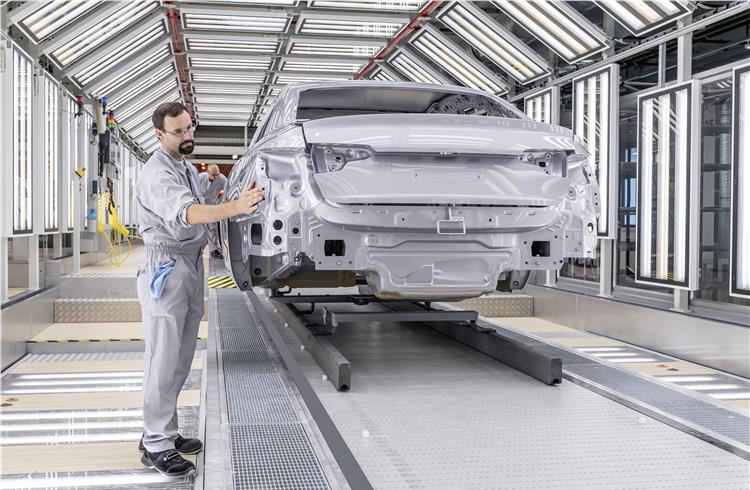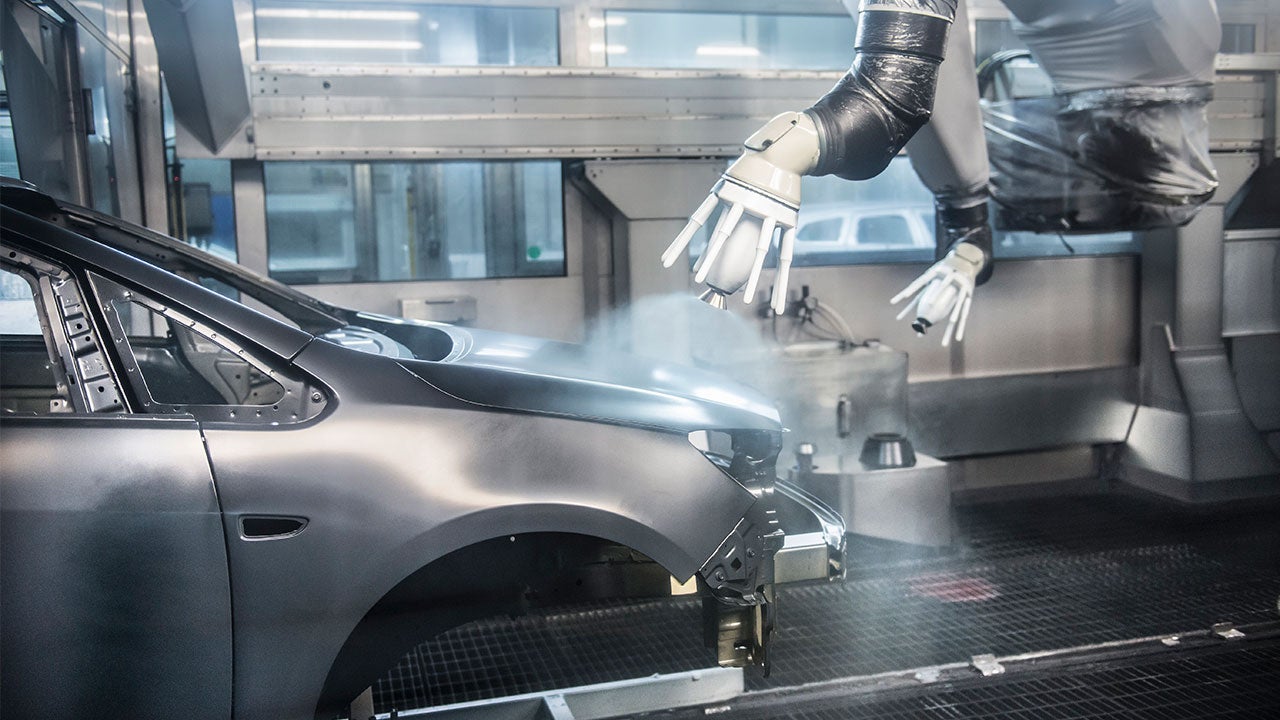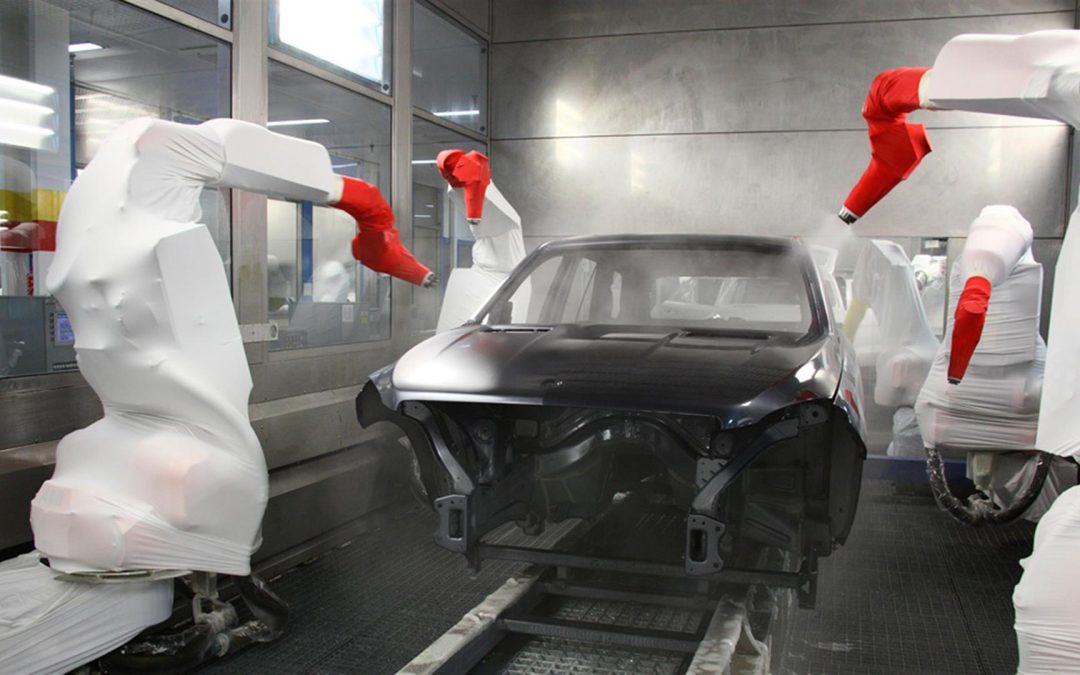Painting your car can breathe new life into it, make it look brand new, or give it a whole new color. However, many people wonder, ‘how long does it take to paint a car?‘ This question is common, especially among those considering a car makeover. Whether it’s for aesthetic purposes, protection, or resale value, knowing the timeframe for such a task can help you plan better.

Introduction
Car painting is an extensive process that requires skill, precision, and patience. The timeline can vary based on several factors, including the car’s condition, the quality of the paint job, and the methods used. This article aims to provide an in-depth look at the entire car painting process, from preparation to the final touches, and detail the factors that influence the time required.
Factors Influencing Painting Time
1. Car Condition
The initial condition of the car can significantly impact the time required. A car with extensive bodywork damage will need more time for repairs before painting can begin.
2. Type and Color of Paint
The type of paint and the color chosen can influence the drying time. Metallic and pearl paints, for example, need more layers and take longer to dry.
3. Preparation Stage
Good preparation is crucial for a high-quality paint job. This stage involves washing, sanding, and masking the car and can take several hours to days.
4. Painting Methods
The method used to apply the paint, whether spray painting, brush painting, or using a roller, can affect the time required. Spray painting is generally faster but requires specialized equipment.
5. Drying and Curing Time
Each layer of paint needs to dry completely before the next one is applied. The curing time can vary from a few hours to a few days, depending on the type of paint and environmental conditions.
Step-by-Step Car Painting Process
1. Initial Inspection and Preparation
Before starting the painting process, a thorough inspection is conducted to identify any necessary repairs. The car is then cleaned, sanded, and masked to protect areas that should not be painted.
2. Priming
Applying a primer coat is essential for the paint to adhere properly and ensures a smooth finish. The primer needs time to dry before the base coat is applied.
3. Applying the Base Coat
The base coat is the main color of the car. Multiple layers may be required to achieve a rich and even finish. Each layer needs to dry thoroughly before the next one is applied.
4. Applying the Clear Coat
The clear coat protects the paint and adds shine. This is usually the final step in the painting process, and it needs to cure completely for the best results.
External Factors Affecting Painting Time
External factors such as the weather and humidity levels can affect the drying and curing times of the paint. A climate-controlled environment can help regulate these factors, ensuring faster and more consistent results.
Quality vs. Speed
While it might be tempting to rush through the painting process, this can lead to a subpar finish. Higher quality paint jobs will inherently take more time, as each step is given the necessary attention and care.
DIY vs. Professional Painting
While a DIY paint job might save money, it often takes longer and may not match the quality of a professional paint job. Professional painters have the experience and equipment necessary to complete the job efficiently and to a high standard.
Post-Painting Care
1. Drying and Curing
After the painting is complete, the car needs to cure completely. This can take from a few days to a few weeks, depending on the paint and environmental conditions.
2. Polishing and Waxing
Polishing and waxing can enhance the shine and protect the new paint job. These steps are often done after the curing process is complete.
3. Regular Maintenance
To keep the paint looking fresh, regular washing and maintenance is essential. Avoid harsh chemicals and abrasive materials that can damage the paint.

FAQs
1. How long does it take to paint a car?
It can take anywhere from a few days to a few weeks, depending on various factors like car condition, type of paint, and methods used.
2. Can I paint my car myself?
Yes, but it requires a lot of preparation and specialized equipment to achieve a professional-looking finish.
3. How often should I repaint my car?
Generally, a good quality paint job can last for many years if the car is well-maintained. Repainting is usually done for aesthetic reasons or to address damage.
For more detailed information on car painting, you can visit how to paint a car.
For more details visit Toyota’s plant tours
